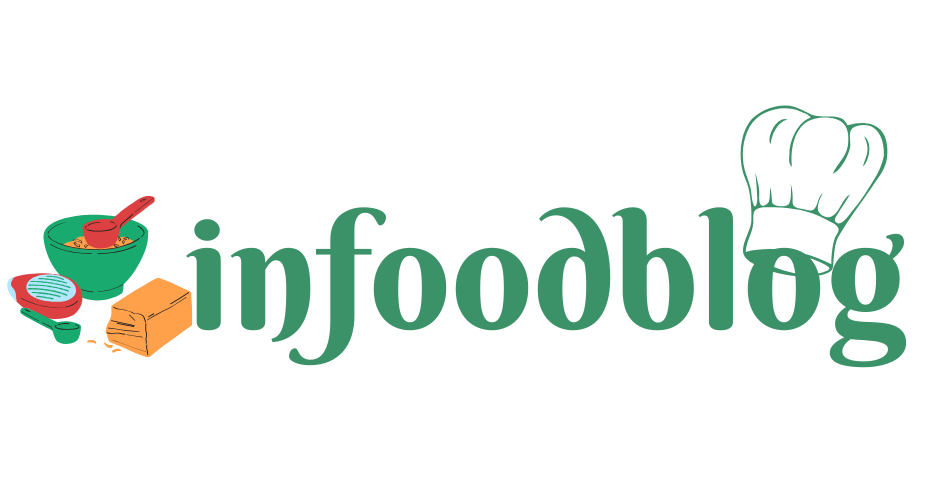Unveiling Morocco’s Extreme Muslim Cuisine, a land of vibrant culture and rich culinary traditions, offers a unique gastronomic journey that goes beyond the typical tagines and couscous. In a recent Article, a food enthusiast embarked on a mission to uncover the most “extreme” Muslim foods in Morocco, showcasing dishes that adhere to Islamic dietary laws (Halal) but are exceptionally rare and unusual. This article delves into these extraordinary culinary experiences, from camel heads to beef fat delicacies, providing insights into the preparation and cultural significance of these unique dishes.
The Ancient Art of “Khlii“: Beef Preserved in Pure Fat

The journey begins in Fez, a 1200-year-old city known for its cultural heritage, where the protagonist encounters “Khlii,” an ancient Moroccan delicacy. This dish involves drying seasoned beef strips under the sun and then preserving them in rendered beef fat. The process, which takes days, results in a product that can last for up to two years.
- Khlii Recipe Insights:
- The beef is trimmed, seasoned with a secret family blend (typically including cumin, coriander seeds, paprika, garlic, salt, and pepper), and dried under the sun.
- The trimmed fat is rendered in a large vat, creating a rich base.
- The dried beef is submerged in the rendered fat and cooked for three hours, allowing the fat and protein to reunite.
- The final product is packaged and cooled, with the fat encasing the meat, preserving it.
- Khlii Breakfast:
- At a local restaurant, Khlii is melted in a pan, and the meat is cut into bite-sized pieces and added to the pan.
- Eggs are cracked into the mixture, creating a savory omelet dripping with grease.
- The dish is served with traditional Moroccan bread.
Camel Head: A Cherished Delicacy

While camel meat is relatively common in Morocco, consuming the entire camel head is considered an extreme culinary experience. The video documents the preparation of a camel head, from singeing off the hair to cooking it in a communal oven.
- Camel Head Preparation:
- The camel head is singed to remove the hair.
- A butcher meticulously removes any remaining hair scraps and breaks down the cranium.
- The head chunks are then slow cooked.
- The cooked meat is served with salt, cumin, and paprika.
Offal Delights: Cow Heart and Kidney
In the bustling Medina of Fez, the protagonist discovers a shop specializing in grilled cow heart and kidney skewers. These offal dishes, seasoned with a personal spice mix, offer a unique and intense flavor experience.
- Offal Skewer Preparation:
- The cow heart and kidneys are sliced and skewered.
- The skewers are grilled over hot charcoal.
- The cooked skewers are sprinkled with a spice mix, including chili powder and cumin.
Cow Udder and Tongue: Steamed Delicacies
Another culinary adventure leads to a cart offering steamed cow tongue and udder. The udder, in particular, is a rare delicacy, prepared by steaming it until the tissues are incredibly tender.
- Steamed Cow Offal:
- The cow tongue and udder are chopped into bite-sized pieces.
- The meat is seasoned with cumin, salt, and chili powder.
- The organs are served with a legume and tomato soup and traditional Moroccan bread.
- The cow udder, when prepared this way, loses the milky flavor it can have when prepared in other ways.
Camel Spleen “Meatloaf”
The camel spleen filled with ground camel meat, olives and spices, cooked like a meatloaf, is a very unique food. It is then sliced, and served in a sandwich.
Cultural Significance and Culinary Exploration:
These extreme Muslim foods in Morocco highlight the country’s rich culinary heritage and the resourcefulness of its people. They also showcase the diversity of flavors and textures that can be found within the boundaries of Halal cuisine.
Conclusion:
Unveiling Morocco’s Extreme Muslim Cuisine is a treasure trove of unique and extraordinary flavors. Exploring these “extreme” Muslim foods provides a deeper understanding of the country’s culture and traditions. From the ancient art of preserving beef in fat to the preparation of camel heads and offal delicacies, each dish tells a story of resourcefulness, tradition, and culinary innovation.






